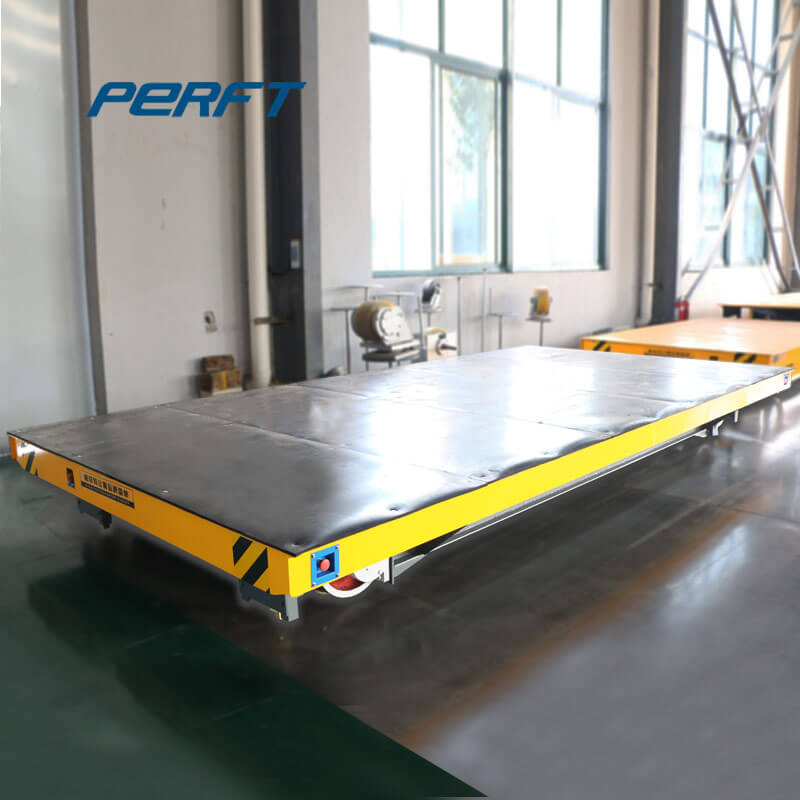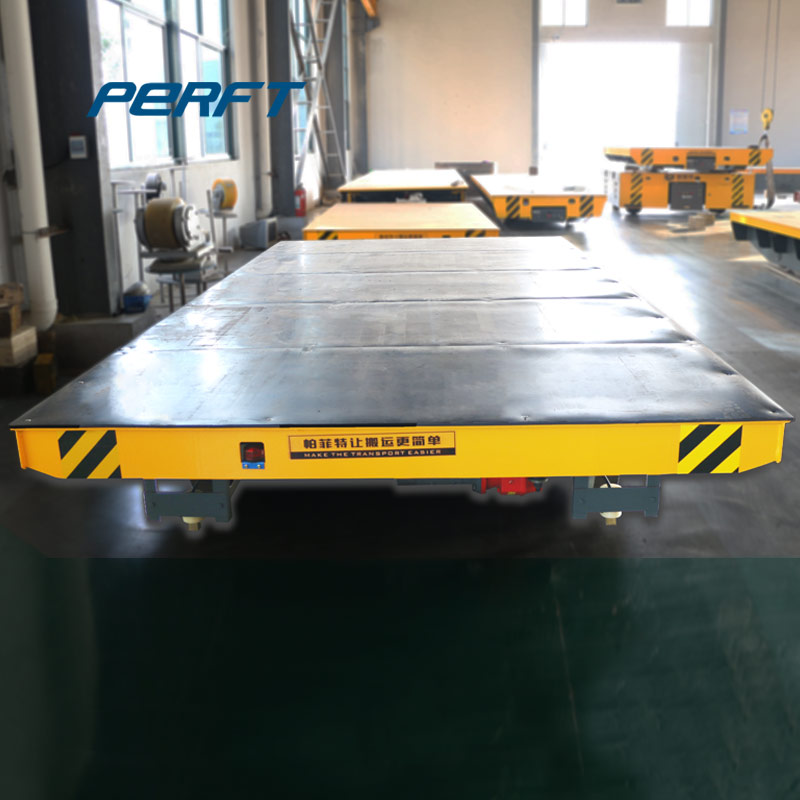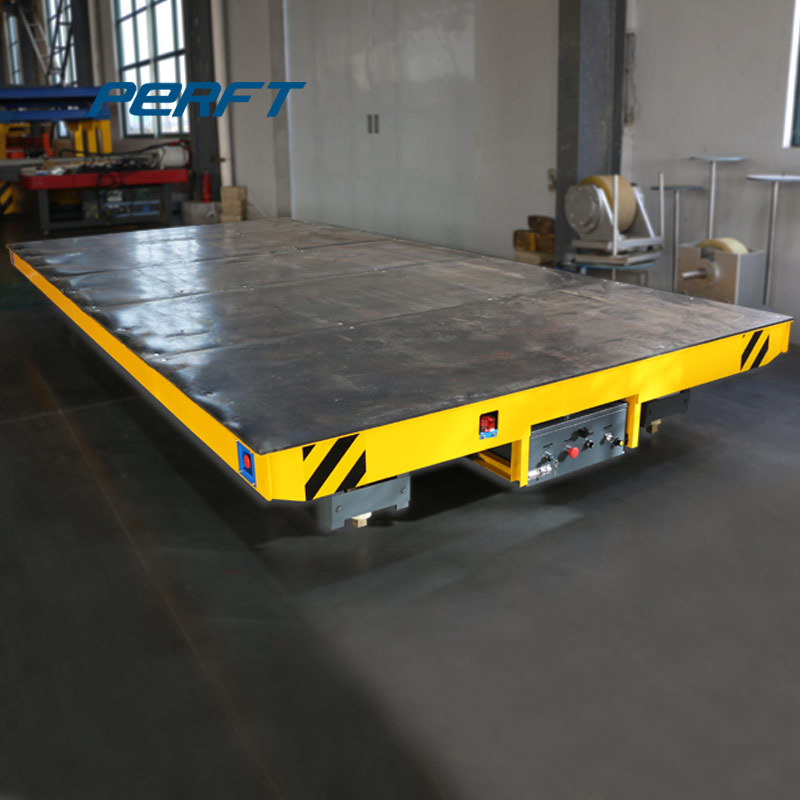


.jpg)
.jpg)
.jpg)
.jpg)
.jpg)
.jpg)
.jpg)
.jpg)
.jpg)
.jpg)
.jpg)
.jpg)
.jpg)
.jpg)
.jpg)
.jpg)
.jpg)
.jpg)
.jpg)
.jpg)
.jpg)
.jpg)
.jpg)
.jpg)
.jpg)
.jpg)
.jpg)
.jpg)
.jpg)
.jpg)
.jpg)
.jpg)
.jpg)
.jpg)
.jpg)
.jpg)
.jpg)
.jpg)
.jpg)
.jpg)
.jpg)
.jpg)
.jpg)
.jpg)
.jpg)
.jpg)
.jpg)
.jpg)
.jpg)
.jpg)
.jpg)
.jpg)
.jpg)
.jpg)
.jpg)
.jpg)
.jpg)
.jpg)
.jpg)
.jpg)
.jpg)
.jpg)
.jpg)
.jpg)
.jpg)
.jpg)
.jpg)
.jpg)
.jpg)
.jpg)
.jpg)
.jpg)
.jpg)
.jpg)
.jpg)
.jpg)
.jpg)
.jpg)
.jpg)
.jpg)
.jpg)
.jpg)
.jpg)
.jpg)
.jpg)
.jpg)
.jpg)
.jpg)
.jpg)
.jpg)
.jpg)
.jpg)
.jpg)
.jpg)
.jpg)
.jpg)
.jpg)
.jpg)
.jpg)
.jpg)
Heavy capacity flatcars are cars designed to carry more than 100 short tons (90.72 t; 89.29 long tons).They often have more than the typical North American standard of four axles (one two-axle truck at each end), and may have a depressed center to handle excess-height loads as well as two trucks of three axles each (one at each end) or four trucks (two at each end) of two axles each, connected
No Train Horn (W10-9) sign or plaque (W10-9P) shown for crossings on all approaches and roadways parallel to rail within 100 feet of rail; time of day plaque shown if applicable. Any private passive crossings in a Quiet Zone include a Stop (R1-1) sign, Crossbuck (R15-1) sign, and No Train Horn (W10-9) sign on all approaches.
Locomotive horns enhance safety at highway-rail crossings by warning of approaching trains. The Federal Railroad Administration requires horns be sounded where trains approach public grade crossings. An exception is where a public authority has created a valid “quiet zone.”
It opened in 1911 featuring 224 pockets with a 56,000-ton capacity. It stood 75 feet above the water and 1,344 feet out into the bay. Dock #2 (Steel): Another new steel dock which replaced the original #2, it was completed in 1916. It stood 80 feet above the water and 1,368 feet in length with 228 pockets capable of holding 68,400 tons.
Founded in 1934, AAR is the world’s leading railroad policy, research, standard setting, and technology organization that focuses on the safety and productivity of the U.S. freight rail industry. AAR Full members include the major freight railroads in the United States, Canada and Mexico, as well as Amtrak.
Mar 04, 1991 · 1910.179(i) - Clarification on whether a visual rotating beacon or strobe light is an acceptable warning signal on a radio operated crane. - 03/30/2010 1910.179(j)(1) - Clarification of Overhead and Gantry Cranes definition of "complete inspection" and "periodic inspection" requirements.
Jul 08, 2020 · The Freight Rail Network Running on almost 140,000 route miles, the U.S. freight rail network is widely considered thePerfectst, safest, and most cost-efficient freight system in the world. [1] The nearly $80-billion freight rail industry is operated by seven Class I railroads [2] (railroads with operating revenues of $490 million or more) [3
Jan 02, 2020 · Under the Train Horn Rule (49 CFR Part 222), locomotive engineers must begin to sound train horns at least 15 seconds, and no more than 20 seconds, in advance of all public grade crossings. If a train is traveling faster than 60 mph, engineers will not sound the horn until it is within ¼ mile of the crossing, even if the advance warning is
Inspection Criteria. Choose a class of vehicle to view the items that will be inspected during the safety inspection. Select a vehicle class Bus (Except School Bus) Exempt Vehicles Moped Motorcycle and Motor-Driven Cycle Passenger Car Pickup, Panel, or Truck Under 80" School Bus Trailers or Mobile Homes Truck 80" or More in Overall Width Truck
Domestic. Not Domesticated. Dodge vehicles are bred for performance. Explore the full Dodge lineup, inventory, incentives, dealership information & more.
Light Rail Transit Vehicle Crossings. The same rules apply to light-rail transit vehicle crossings as to train crossings. Light-rail transit vehicles are very quiet and accelerate more quickly than trains. Near Streetcars, Trolleys, or Buses. The passing speed limit, when safe to pass, is no more than 10 mph.
In rail transport, the U.S. DOT-111 tank car, also known as the TC-111 in Canada, is a type of unpressurized general service tank car in common use in North America. Tank cars built to this specification must be circular in cross section, with elliptical, formed heads set convex outward.
Jan 04, 2021 · Positive Train Control (PTC) systems are designed to prevent train-to-train collisions, over-speed derailments, incursions into established work zones, and movements of trains through switches left in the wrong position. On December 29, 2020, FRA announced that PTC technology is in operation on all 57,536 required freight and passenger railroad
Description. This is a replacement Parker winch motor from Miller Industries. It is used on the hydraulic assembly of car carriers and wreckers equipped with 8,000 lb. winches. This winch motor is commonly used on hydraulic worm winches, such as Ramsey Winches. This motor is used on Century, Chevron, Champion, Challenger, Holmes, and Vulcan Car
Verizon Connect is compatible with all currently supported browsers, including Microsoft Internet Explorer version 9, 10 & 11, Google Chrome and Mozilla Firefox. Due to the limited capabilities of Microsoft Internet Explorer 8 (IE8), we recommend you download and use Google Chrome for a more optimal experience, which can happily co-exist on the